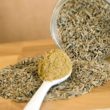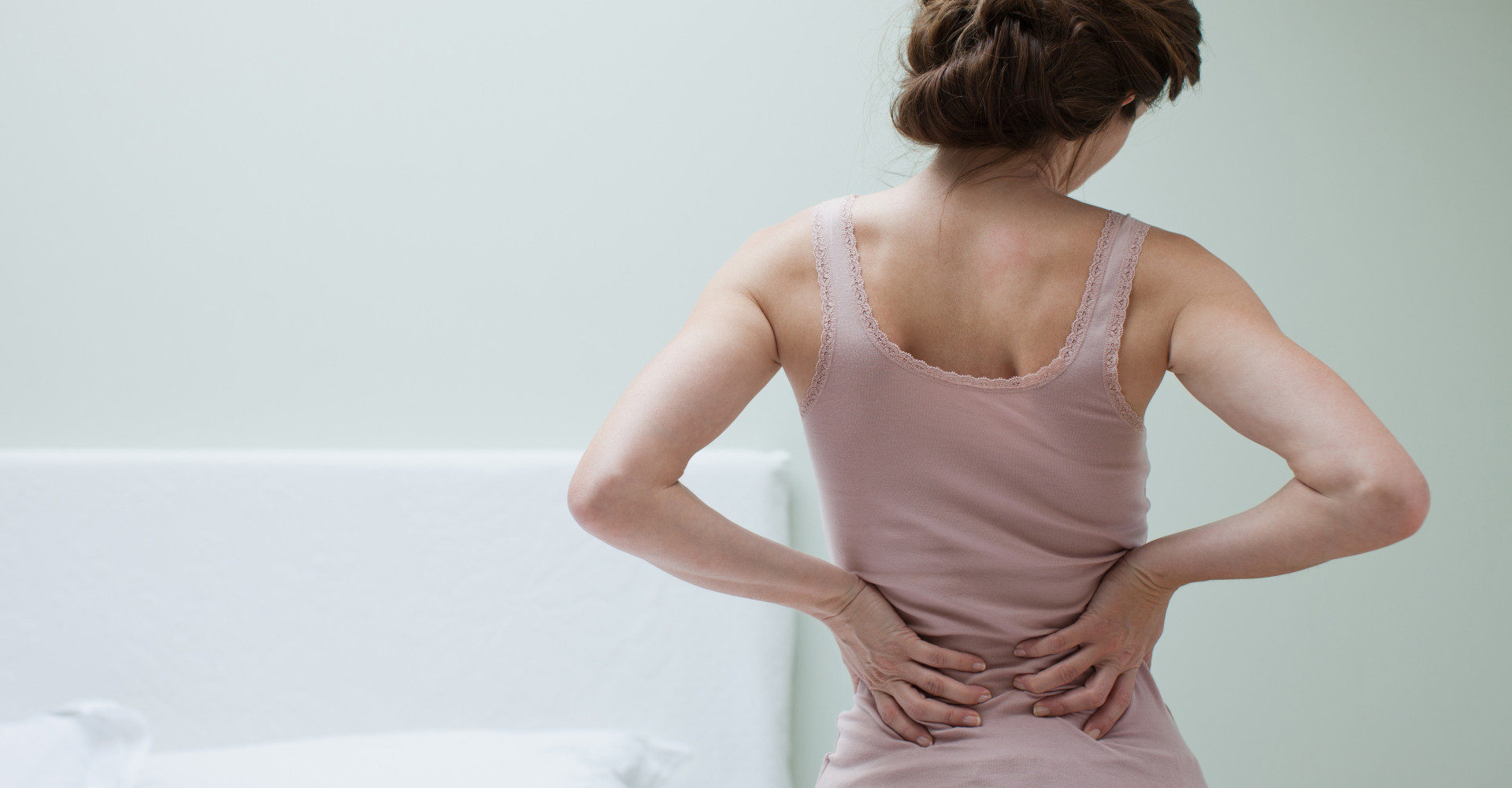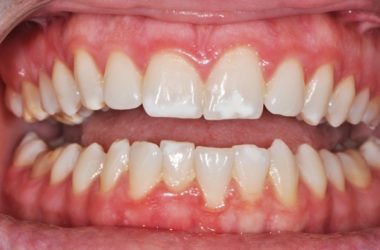We’ve all have had back pain at some point in our lives. It is one of the most common health complaints worldwide and a major cause of job-related disability, consequently affecting performance and well-being. It can affect people of all ages from children to the elderly, but is most prevalent in adults with prevalence peaking between 35 to 55 years old.
Our back is a complex structure comprised of bones, nerves, joints and muscles. Any one of these components could cause back pain. It can be triggered by every day activities, such as carrying heavy objects, twisting or bending awkwardly or slouching in a chair, or it can develop over time. Back pain can also develop suddenly for no apparent reason, such as when you wake up with back pain.
We increase the risk of developing back pain as we age. However, a sedentary lifestyle, obesity, pregnancy, depression, anxiety, smoking and strenuous physical exercises also contributes to the risk of developing back pain. The risk of developing back pain is also generally higher in women than in men.
In some instances, back pain can indicate a serious medical problem. The Mayo Clinic recommends to see a doctor when you experience bowel or bladder incontinence fever or chills; severe, continuous pain in the abdomen; pain that spreads down one or both legs, particularly if it extends beyond the knee; and numbness or tingling in the hips, crotch or in one or both legs.
In most cases, back pain takes care of itself without medical attention. Self-care and careful attention are usually enough to help relieve the symptoms, although it may take several weeks before the pain goes away altogether. The following are self-care and easy remedies you can try to relieve your back pain.
-
Limit your bed rest.
We were once told that the best cure for an aching back is resting and staying in bed for several days. However, more and more doctors nowadays are advising their patients to get up as soon as they can and avoid bed rest altogether if they can. Research shows that prolong bed rest not only delays recovery, but it may make it worse.
Lying down for more than three days can cause the muscles to decline, making them more susceptible to strain.
-
Exercise
Keep moving. As soon as you’re feeling better aerobic exercise like walking, swimming and biking can help keep your back mobile. It also keeps the body from a sitting posture and puts it in a neutral, upright position. Move in moderation and avoid strenuous activities that put additional strain on the back.
-
Put some ice on it.
Apply ice to the painful area within 24 hours of the injury. This will help keep the inflammation down and relieves discomfort by inhibiting the nerves to send pain signals to the brain.
Put some ice cubes in a plastic bag. Apply the ice pack on top of a thin towel placed on top of the injured area. Leave the ice pack for 20 minutes then wait for 30 minutes before you return the ice pack for another 20 minutes.
- Take a hot bath or hot compress.
If more than 24 hours have passed after an injury, applying a hot compress will do more help in relieving the pain by stimulating the sensory receptors in the skin, consequently decreasing transmission of pain signals to the brain. Applying heat also dilates blood vessels in the muscles. This causes more oxygen and nutrients to flow to the muscles, helping the damaged tissues to heal.
There are various ways to apply heat on the back. Some of these include water bottles, heated gel packs, electric heating pads, warm moist towels and hot bats.
The duration of the heat applied depends on the intensity or the magnitude of the injury. For minor back pain, a hot compress for 15-20 minutes may be enough. But for more severe injuries, a longer application of heat, such as 30 minutes to an hour or longer, may be more beneficial.
-
Sleep the right way.
The amount of sleep you get is important and so is the way you get it. If you sleep on your back, place a pillow under your knees. Side sleepers should flex their knees and keep a pillow between them to keep the spine in the neutral position. Avoid sleeping on your stomach because this position causes the neck and head to twist as well as put unnecessary stress on the back.
-
Apply capsaicin cream.
Capsaicin is the compound that gives chili peppers its heat. When applied to the skin, capsaicin has been found to have an analgesic effect by reducing a neurochemical that transmits pain signals to the brain.
You can buy capsaicin cream or capsicum cream in drug stores and health food stores. Apply the cream on the injured area four times a day. You will feel a stinging or burning sensation once you’ve applied. This is a normal side effect.
-
Steep some gingerroot.
Inflammation is thought to play a role in the development of back pains. Ginger has anti-inflammatory compounds that act as analgesics. Cut a 1 to 2-inch fresh ginger into slices and put this in a quart of boiling water. Cover and simmer for 30 minutes on low heat. Cool the brew for 30 minutes then strain. Add a little honey to sweeten it and drink.
- Soak in Epsom salts.
Epsom salt is a compound of magnesium and sulfate, two minerals that can be ingested and easily absorbed by the body through the skin. Soaking in Epsom salt can provide relief from back pains by reducing inflammation and promoting nervous system health. It also has a soothing, relaxing effect, helping to reduce stress and tension that aggravates back pain.
To make an Epsom bath, fill a tub with hot water and then add a mixture of 2 parts Epsom salt, 3 parts sea salt and 1 part baking soda. Add 6 drops of lavender essential oil to help you relax and soak in for at least 12 minutes. Don’t use soap as this will interfere with the action of the salt.
-
Practice meditation.
Research shows that this ancient mind-body practice helps increase pain tolerance and promote chronic pain management. In a 2008 study, patients with chronic low back pain showed improvement in their pain acceptance as well as in their physical function after participating in an 8-week meditation program. Researchers thought that inducing physical and mental relaxation helps keep stress from aggravating chronic back pain.
-
Relax with music therapy.
Music therapy is a low-cost back pain remedy that may be used in combination with other therapies or treatments. A 2005 study published in the Annals of Physical and Rehabilitative Medicine found that patients experiencing chronic back pain had reduced disability, anxiety and depression after receiving physical therapy together with music therapy.












